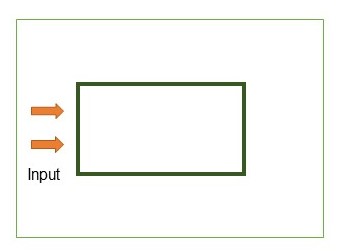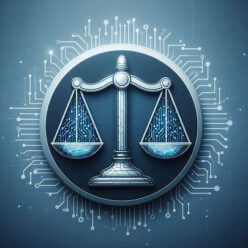This chapter discusses whether virtual effects, such as those occuring in a digital twin, can be considered as potential technical effects. This chapter is based on the Enlarged Board of Appeal decision G1/19, points 97 to 99.
Technical effects which are not achieved through an interaction with physical reality
It was argued during the referral proceedings of G1/19 that technical effects which are not achieved through an interaction with physical reality, but are calculated in such a way as to correspond closely to “real” technical effects or physical entities, should be treated as technical effects for the purposes of the COMVIK approach. In the Enlarged Board’s view, virtual or calculated technical effects should be distinguished from potential technical effects which, for example when a computer program or a control signal for an image display device is put to its intended use, necessarily become real technical effects.
Calculated status information
Calculated status information or physical properties concerning a physical object are information which may reflect properties possibly occurring in the real world. However, first and foremost, they are mere data which can be used in many different ways. There may exist exceptional cases in which such information has an implied technical use that can be the basis for an implied technical effect.
Still, in general, data about a calculated technical effect is just data, which may be used, for example, to gain scientific knowledge about a technical or natural system, to take informed decisions on protective measures or even to achieve a technical effect. The broad scope of a claim concerning the calculation of technical information with no limitation to specific technical uses would therefore routinely raise concerns with respect to the principle that the claimed subject-matter has to be a technical invention over substantially the whole scope of the claims (see chapter (6), referring to T 939/92).
Example of calculated status information or physical properties concerning a physical object implies technical use that can be the basis for an implied technical effect
The calculation of the physical state of an object (e.g. its temperature) is typically part of a measurement method. It is generally acknowledged that measurements have technical character since they are based on an interaction with physical reality at the outset of the measurement method.
Measurements are often carried out using indirect measurements, for example, the measurement of a specific physical entity at a specific location by means of measurements of another physical entity and/or measurements at another location (see e.g. T 91/10, Reasons, point 5.2.1; T 1148/00, Reasons, point 9). Even though such indirect measurements may involve significant computing efforts, they are still related to physical reality and thus of a technical nature, regardless of what use is made of the results (for a combination of measurements and simulations see e.g. T 438/14).
Following chapter (7) "Aspects of technicality in computer-implemented inventions", the above explanation is thus an input-side interaction, see figure below.

Conclusions
-
A virtual technical effect is calculated in such a way as to correspond closely to “real” technical effects or physical entities.
-
Potential technical effects which, for example when a computer program or a control signal for an image display device is put to its intended use, necessarily become real technical effects.
-
Calculated status information or physical properties concerning a physical object are mere data which can be used in many different ways.
-
In general, data about a calculated technical effect is just data.
-
The calculation of the physical state of an object (e.g. its temperature) is typically part of a measurement method. It is generally acknowledged that measurements have technical character.

Hello, thank you for your deep clarification. But I think that, more examples is needed on this topic. Would you give some examples in process of simulations that produce a potantial technical effetcs, and an other specific example of virtual technical simulation? Thank you in advance